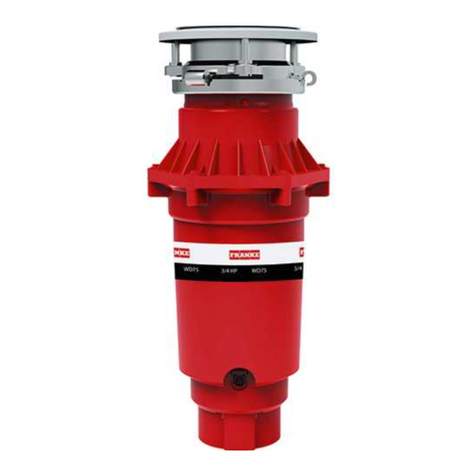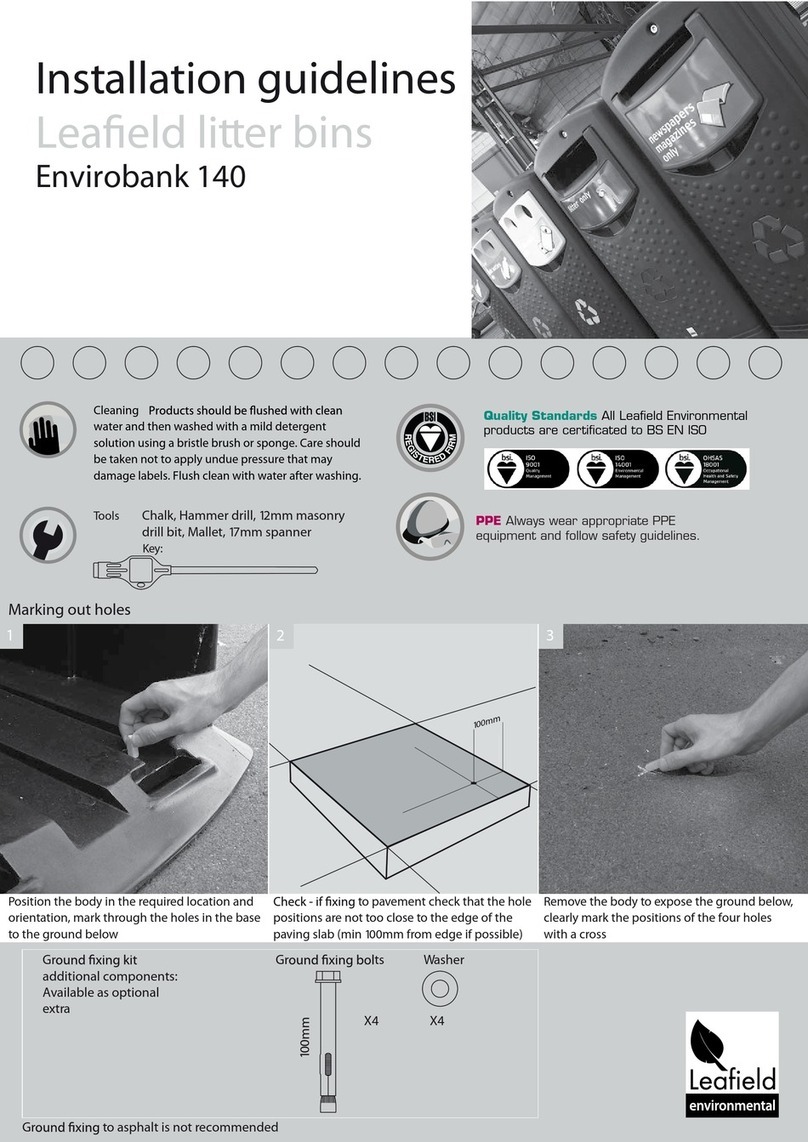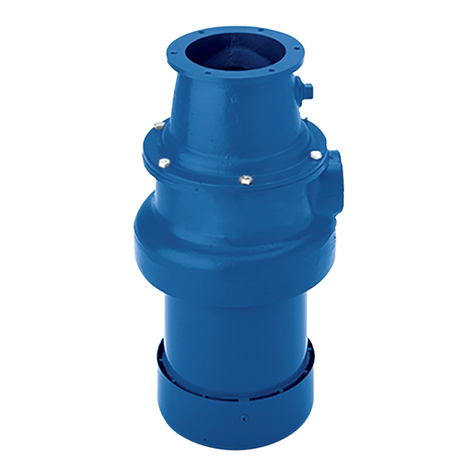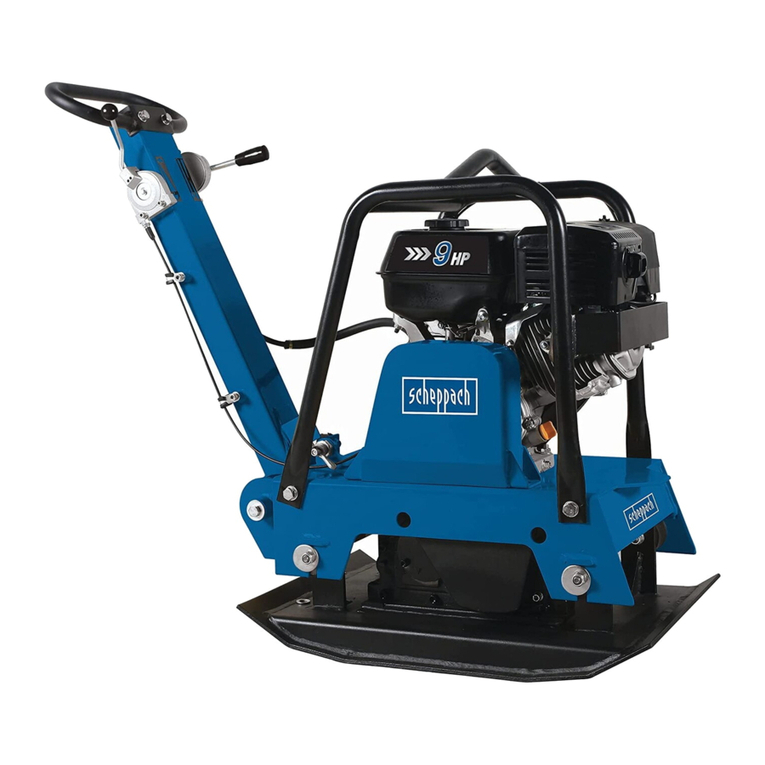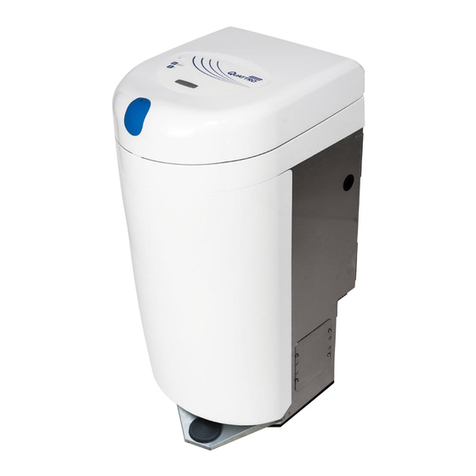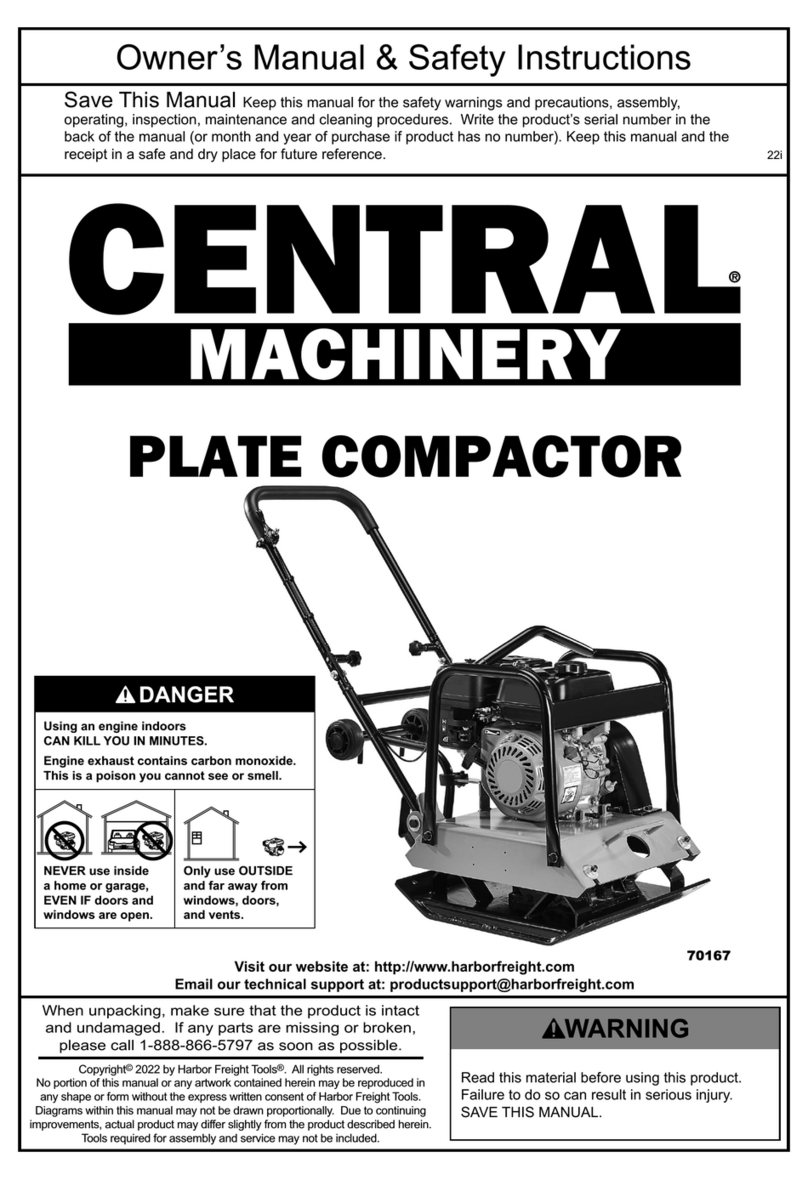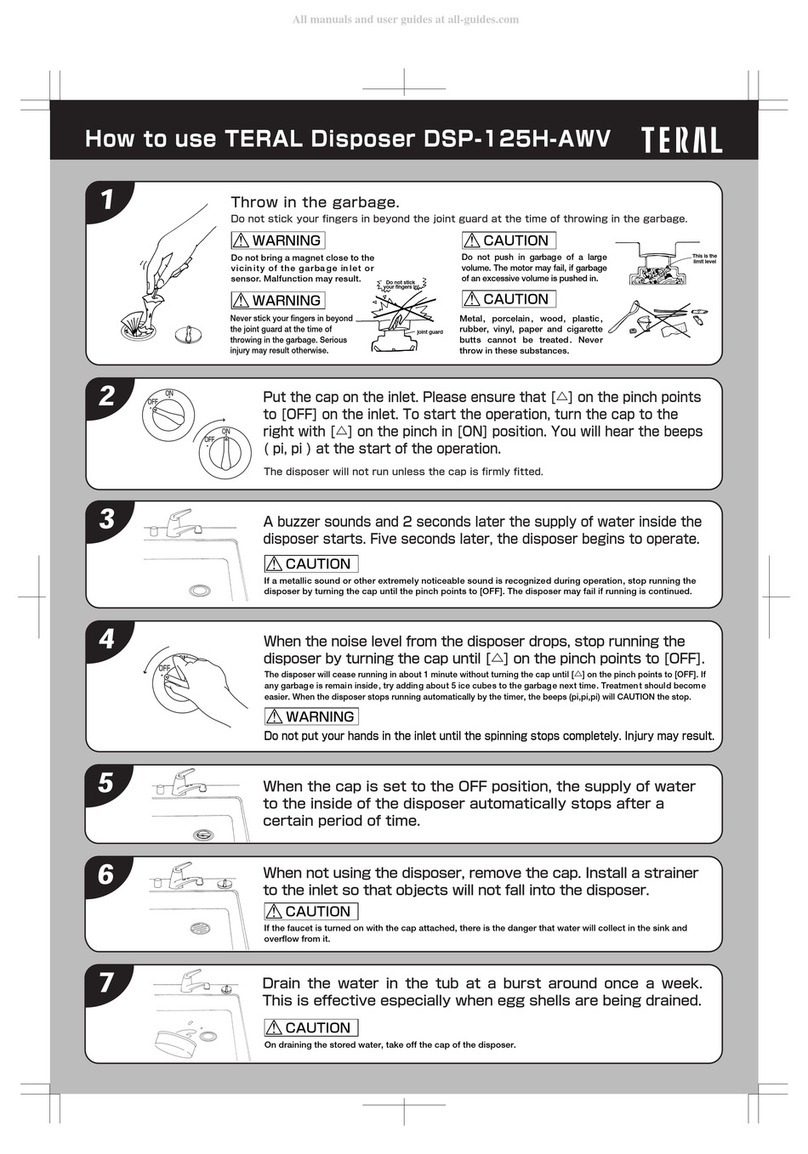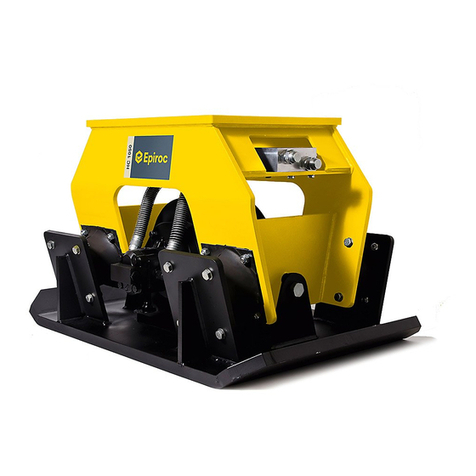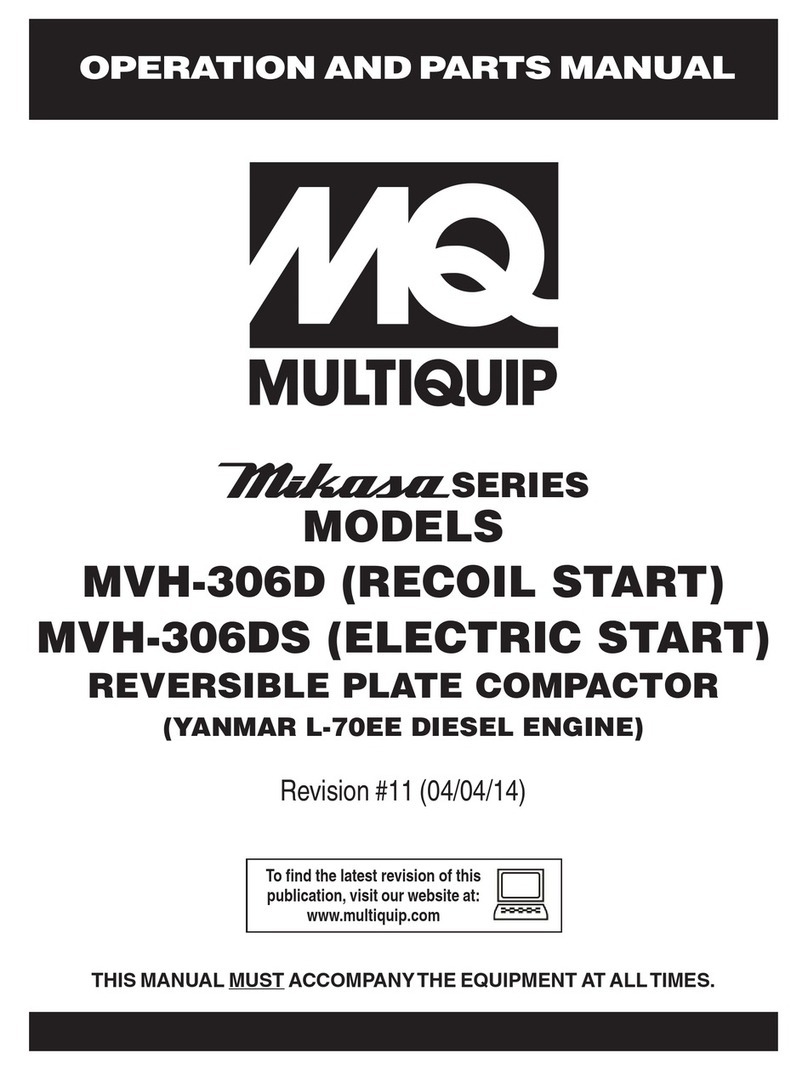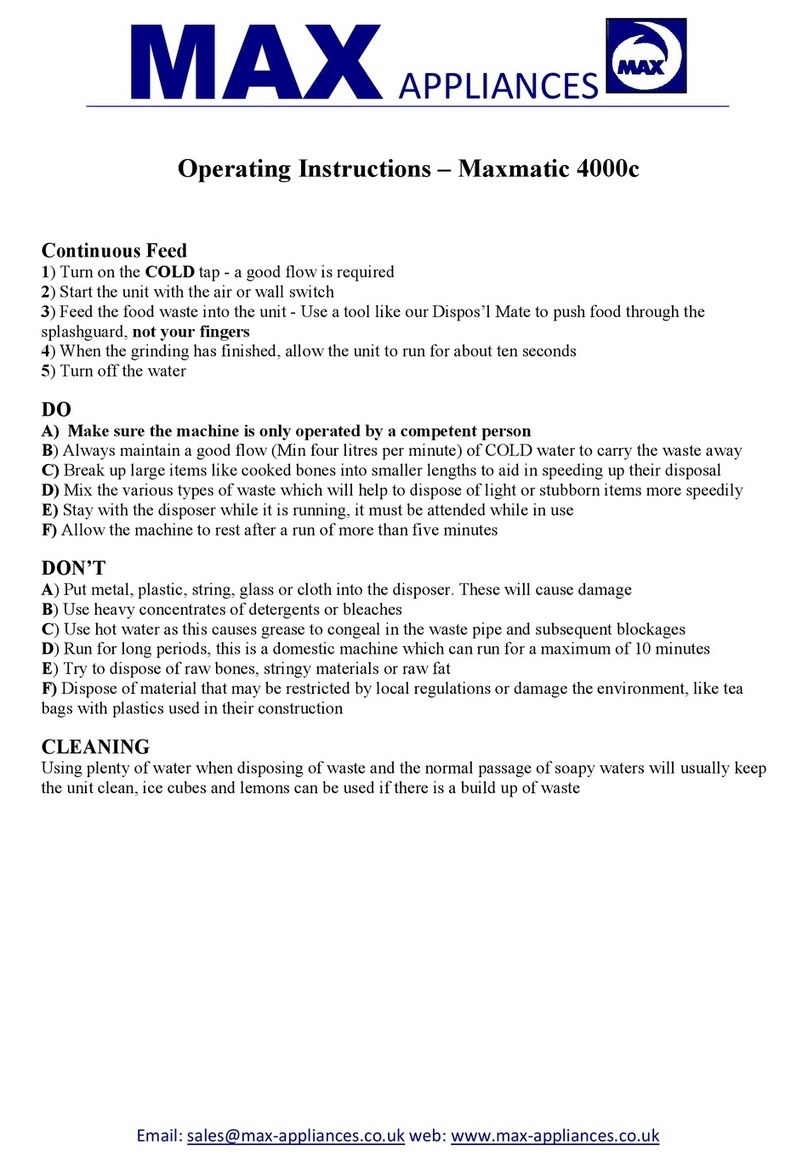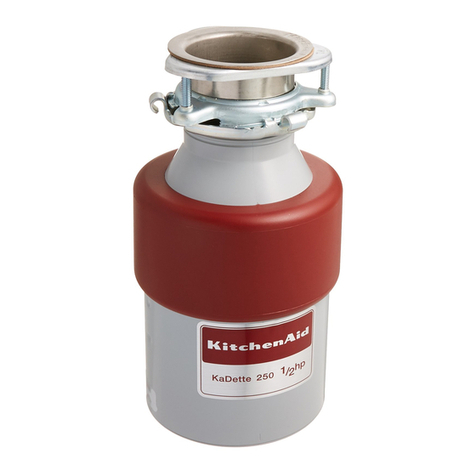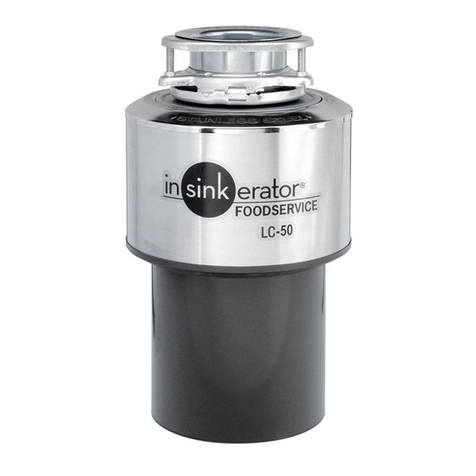
5
CR4
Table of Contents
Preface ........................................................................................................................................................... 3
General Safety Instructions .......................................................................................................................... 4
1. Technical Description ................................................................................................................................... 6
1.1 Illustration ........................................................................................................................................................ 6
1.2 Machine Description ........................................................................................................................................ 7
1.3. Specifications CR 4 Hatz ................................................................................................................................. 8
1.3. Specifications CR 4 Honda .............................................................................................................................. 9
2 Operation ...................................................................................................................................................... 11
2.1 Safety Precautions for the Operation .............................................................................................................. 11
2.2 Transport ........................................................................................................................................................12
2.2.1 Loading by Crane ...........................................................................................................................................12
2.3 Commissioning ...............................................................................................................................................12
2.4 Pre-Start Work ................................................................................................................................................13
2.4.1. Checking the Fuel Level, Hatz Engine ............................................................................................................13
2.4.1.1 Checking the Fuel Level, Honda Engine .........................................................................................................14
2.4.2 Checking the Engine Oil Level ........................................................................................................................15
2.4.2.1 Hatz Engine ....................................................................................................................................................15
2.4.2.2 Honda Engine .................................................................................................................................................15
2.4.3 Fitting the Damper Plate .................................................................................................................................16
2.4.4 Fastening the Undercarriage ..........................................................................................................................17
2.5 Starting ...........................................................................................................................................................18
2.5.1 Starting, Hatz Engine ......................................................................................................................................18
2.5.2 Starting, Honda Engine ...................................................................................................................................19
2.6 Compaction Work ........................................................................................................................................... 20
2.7 Putting the Soil Compactor Out of Operation ..................................................................................................20
2.7.1 Stopping, Hatz Engine ....................................................................................................................................21
2.7.1.1 Stopping, Honda Engine .................................................................................................................................21
3 Maintenance .................................................................................................................................................22
3.1 Safety Precautions for Maintenance Work .....................................................................................................22
3.2 Maintenance Survey .......................................................................................................................................23
3.2.1 Maintenance ...................................................................................................................................................23
3.3 Description of the Maintenance Work .............................................................................................................24
3.3.1 Changing the Engine Oil, Hatz Engine............................................................................................................24
3.3.1.1 Cleaning the Engine Oil Filter, Hatz Engine ....................................................................................................25
3.3.1.2 Changing/Adding Engine Oil, Honda Engine ..................................................................................................26
3.3.2 Cleaning/Replacing the Air Filter Cartridge .....................................................................................................27
3.3.2.1 Hatz Engine ....................................................................................................................................................27
3.3.2.2 Honda Engine .................................................................................................................................................28
3.3.3 Replacing the Fuel Filter .................................................................................................................................29
3.3.3.1 Hatz Engine ....................................................................................................................................................29
3.3.4 Checking the Condition and Tension of the Vibrator V-Belt .............................................................................30
3.3.5 Replacing the V-Belt .......................................................................................................................................30
3.3.6 Changing the Vibrator Oil ............................................................................................................................... 31
3.3.7 Hydraulic Control ............................................................................................................................................31
3.4 Consumables and Quantities .........................................................................................................................32
4 Malfunctions During Operation ...................................................................................................................33
4.1 General ..........................................................................................................................................................33
4.2 Trouble Shooting ............................................................................................................................................34
5 Preserving the Machine ............................................................................................................................... 35
5.1 Preservation Measures ..................................................................................................................................35
5.2 Removing Machine Preservatives ..................................................................................................................35
6 Weber Maschinentechnik GmbH .................................................................................................................36
